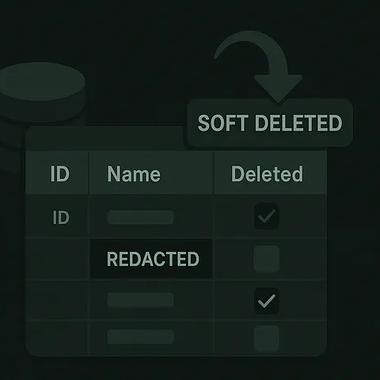In the past two weeks alone, I’ve needed to work out how four entirely different third-party payment solutions integrate and end up looking in apps. The types of integrations vary between surface-level hosted web pages all the way through to using deeply-integrated APIs.
As a result, each and every solution looks completely different in implementation. Each time these integrations come into play, I have to scour my way through (often not very well constructed) development documentation; find out which elements of the solution are actually required; work out what restrictions there are on how each element looks and build them into a flow for a completed design. This happens all the time – often needing developers to come in and help – and the time spent can easily be avoided.
Let’s take one of the world’s most renowned pieces of development documentation out there to start: Stripe. These docs are built perfectly to teach developers how to use their APIs. For this purpose it works like a charm. Every developer I’ve spoken to about using Stripe has found it really easy and consistent.
Product designers on the other hand are given varying types of assistance. This goes from really useful ‘what you’re building’ sections showing exactly how things look; to images showing some of the available customisation; to nothing at all in some areas. The solution to this issue is the introduction of a little non-dev documentation from those providing the integrations in the first instance.




